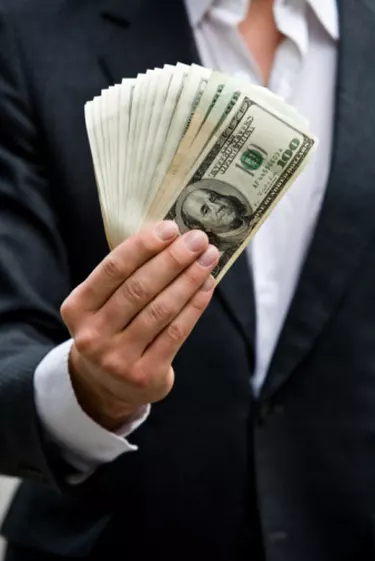
A profit sharing plan, or 401K plan, is a type of retirement plan run by businesses for their employees. Usually, you make contributions into the plan, and your employer also contributes to the plan. If you suddenly need to pay unexpected bills, you may be considering making a withdrawal from your profit sharing plan. If your employer allows early withdrawals, the procedure for doing so is fairly straightforward.
Step 1
Contact your plan administrator -- usually your employer -- and ask if you are allowed to withdraw the funds. Some administrators may allow early withdrawal for hardship reasons like medical bills, while other plan administrators may not allow withdrawals at all unless you are no longer employed by the company.
Video of the Day
Step 2
Get a withdrawal form from the plan administrator and fill it out. In many cases, you won't have to provide proof of hardship, if that's the reason for your withdrawal.
Step 3
Cash the check when you receive it or deposit it into your bank account.
Tip
If you are subject to the penalty tax, hold back 30 percent of the proceeds for federal taxes. This is to cover an estimated 20 percent regular tax plus a 10 percent penalty tax.
Warning
Withdrawing from your profit sharing plan before you are 59 1/2 opens you up to a 10 percent penalty tax in addition to any taxes you would normally owe on the income. This requirement is waived if you have medical bills that exceed more than 7.5 percent of your adjusted gross income, or if the withdrawal was made as the result of a divorce decree. In addition, if you are using the money to buy a home and you haven't owned a home in the last two years, only the first $10,000 of the withdrawal will be taxed.
Video of the Day